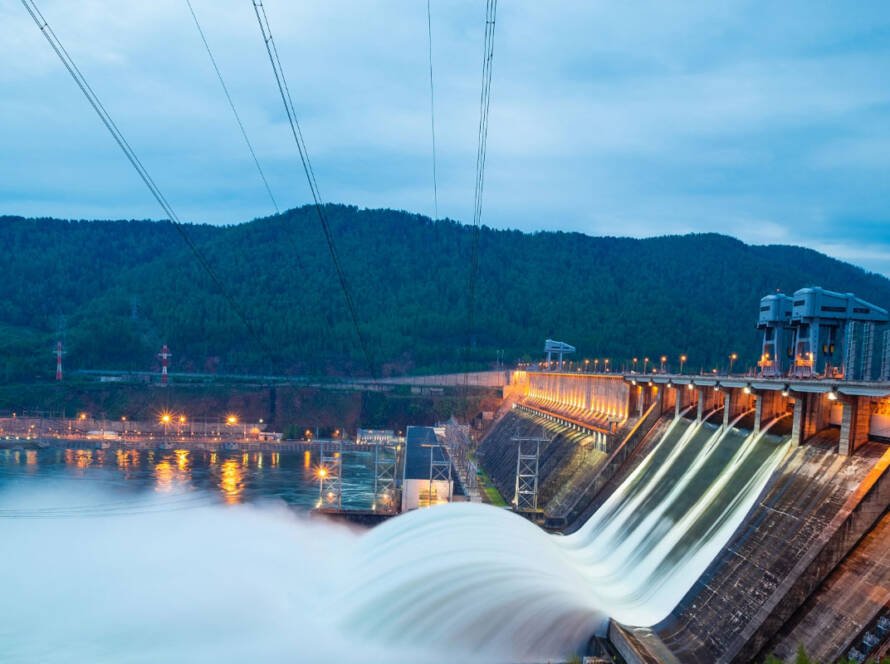In an era where the global population continues to grow and environmental challenges intensify, the need for sustainable and efficient food production has never been greater. Fortunately, the advancement of agricultural technology, commonly known as AgTech, has opened up new possibilities for transforming the way we grow, harvest, and distribute food. In this blog article, we will explore the exciting world of AgTech and its potential to revolutionize sustainable food production.
Highlights
Precision Agriculture: Precision Agriculture leverages advanced technologies such as sensors, drones, and satellite imagery to monitor and optimize crop growth. This section will delve into the benefits of precision agriculture, including increased yield, resource efficiency, and reduced environmental impact. We will discuss how data-driven insights enable farmers to make informed decisions, applying the right inputs at the right time and place.
Vertical Farming: Vertical farming involves cultivating crops in vertically stacked layers, often within urban environments. This section will explore the advantages of vertical farming, including year-round production, efficient space utilization, and reduced water consumption. We will discuss how controlled environments, artificial lighting, and hydroponic or aeroponic systems enable farmers to grow fresh produce in urban settings, reducing the need for long-distance transportation.
Hydroponics and Aeroponics: Hydroponics and aeroponics are soil-less cultivation methods that provide plants with nutrient-rich water or a fine mist of nutrients. This section will delve into the benefits of these techniques, including optimized resource usage, faster growth rates, and higher yields. We will discuss how hydroponics and aeroponics can be employed in various settings, from indoor vertical farms to greenhouse systems, enabling sustainable food production in areas with limited arable land.
Robotics and Automation: Robotic systems and automation technologies are transforming various aspects of agricultural operations, from planting and harvesting to weed control and pest management. This section will explore the role of robots in agriculture, including autonomous tractors, robotic arms, and drone-based monitoring. We will discuss how these technologies increase efficiency, reduce labor requirements, and enable precise and targeted interventions.
Data Analytics and Predictive Modeling: Data analytics and predictive modeling play a crucial role in optimizing crop management, resource allocation, and supply chain logistics. This section will highlight the importance of data-driven decision-making in AgTech, including the use of artificial intelligence and machine learning algorithms. We will discuss how analyzing vast amounts of data can enhance productivity, mitigate risks, and improve the overall sustainability of food production.
Blockchain and Traceability: Blockchain technology offers a transparent and secure system for tracking and tracing food products from farm to fork. This section will explore how blockchain can enhance food safety, eliminate fraud, and promote supply chain transparency. We will discuss the benefits of consumers having access to reliable information about the origin, production methods, and quality of the food they consume.
Summary
AgTech holds immense promise for revolutionizing sustainable food production and addressing the challenges of feeding a growing global population while preserving natural resources. Precision agriculture, vertical farming, hydroponics, robotics, data analytics, and blockchain are just a few examples of the transformative technologies driving this agricultural revolution. By embracing AgTech solutions, we can optimize resource usage, reduce environmental impact, and ensure food security for generations to come. As we navigate the complex landscape of agriculture, innovation and collaboration between technology experts, farmers, and policymakers will play a pivotal role in shaping a sustainable and resilient food future.



